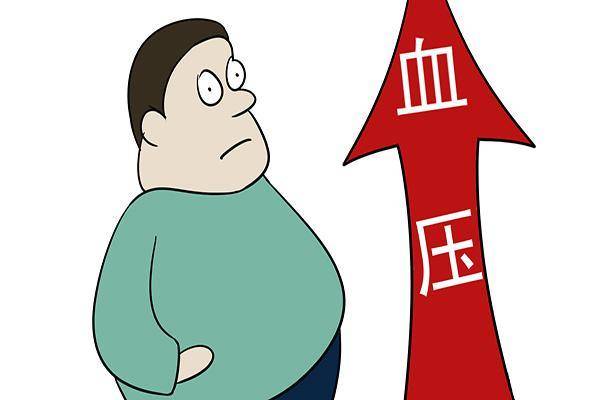Hypertension is common nowadays, and people treat it with great caution, fearing that prolonged high blood pressure will lead to cardiovascular problems. An effective method of controlling blood pressure is to moderate diet. Hence, many people believe that eating steamed buns and rice can lower blood pressure.
It cannot be denied that rice or steamed buns, as staple foods, can theoretically help maintain stable blood pressure due to their low salt and fat content. However, achieving the goal of lowering blood pressure by just consuming rice and steamed buns is almost impossible.
Rice and steamed buns are high in starch content and a major source of daily energy intake. Consuming only rice or steamed buns will increase the body’s heat production. Excess heat production will eventually be converted into fat, leading to obesity. Obesity and hypertension are closely related; the higher the weight, the greater the risk of hypertension. Consuming only rice or steamed buns not only does not lower blood pressure but also accelerates its rise.
In terms of staple food selection, the Chinese dietary guidelines have advised that adults’ daily staple food should include whole grains, such as beans, black rice, sweet potatoes, buckwheat, oats, etc. The daily intake of whole grains should be maintained between 50 to 100 grams.
It is evident that staple food should not solely consist of rice and steamed buns but should be diversified. Balancing the texture of food ingredients is the key to maintaining stable blood pressure. For example, using black rice instead of some white rice when cooking rice and using buckwheat instead of flour to make steamed buns is much better than solely consuming rice and white flour steamed buns.
Not only can misunderstandings arise in staple food consumption, but the same can happen with meat consumption. Some hypertensive patients, hearing that high blood pressure is caused by excessive consumption of high-fat foods, refrain from eating meat. They may not realize that the nutrients in meat cannot be replaced by staple foods; proteins and amino acids are essential for strengthening the immune system, and without these, immunity will weaken.
Hypertensive individuals can consume meat, and it is even necessary to eat meat daily, but the amount should be controlled. The daily meat intake should not exceed the size of a fist, with a preference for white meats such as fish, duck, and chicken. The main difference between white and red meats is the low fat content and high unsaturated fatty acids in white meats.
The advantage of consuming white meats is the reduction in fat intake and the increase in unsaturated fatty acid intake. Through the action of unsaturated fatty acids, breaking down body fat can prevent an increase in blood pressure and maintain clean blood vessels.
Foods rich in unsaturated fatty acids also include peanuts, almonds, cashews, fish, etc. Consuming these foods can also help reduce fat intake. If one does not want to consume meat, these nuts can be used as substitutes.
Salt consumption is not to be completely avoided; the sodium element in salt is one of the causes of raised blood pressure, but this does not mean that salt should not be consumed. Low salt intake does not mean no salt intake; keeping daily salt consumption below 5 grams can maintain a balance of potassium and sodium in the body. An imbalance where sodium is excessively low and potassium is overly high is also not beneficial to the body.
Following a basis of low salt and meat consumption, one can diversify their diet a bit more. The combination of different colored vegetables like red tomatoes, green oilseed rape, white winter melon, gray shiitake mushrooms can brighten one’s mood and balance the nutrients in their diet.
Hypertension is a common and serious problem, but this does not mean that people should fear it, nor does it mean that having high blood pressure should restrict one’s diet completely. Having a positive attitude towards staple foods, meats, and vegetables is essential, understanding how to eat sensibly.


